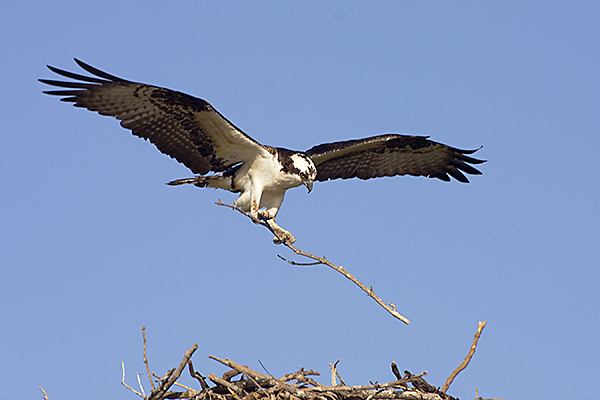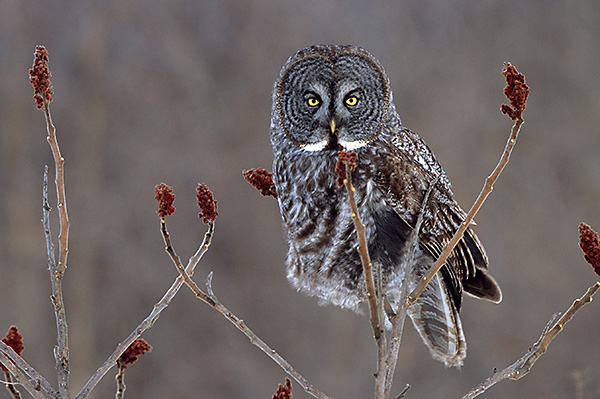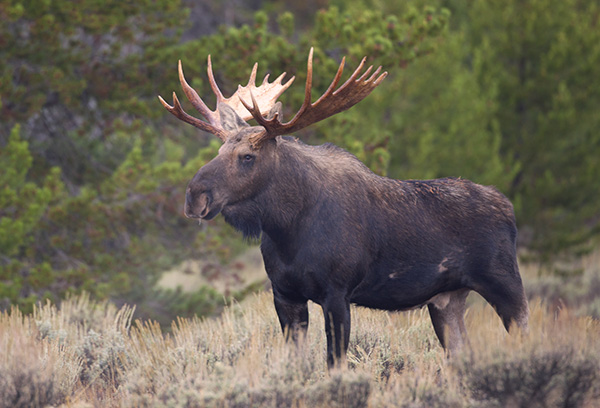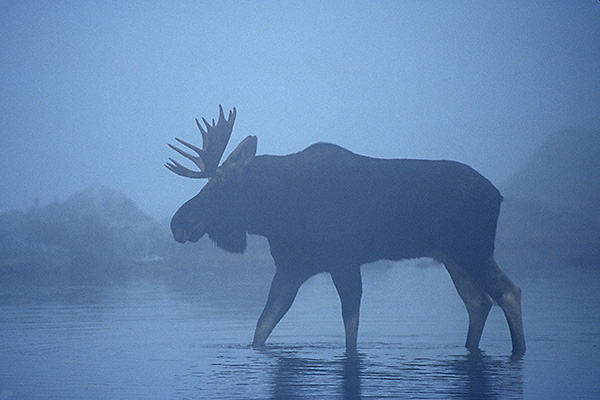Photographing wildlife is incredibly rewarding. To be a good wildlife photographer you have to research and plan for the expected and the unexpected. I have been photographing wildlife for several years. I lead several photo tours and workshops so I know the most common mistakes and how to get great photos. Here are some tips to help you improve your wildlife photography.
Tip 1: Know your gear.
If a bald eagle or Osprey lands 10 feet in front of you or flies over your head you will only have a few seconds to get the shot if you’re lucky. Knowing you gear will help you react quicker. It will also help you make sure the picture is sharply focused and the correct exposure.

Tip 2: Practice you skills locally before the big trip.
If you going on a big trip like Florida to photograph birds in flight why not practice with the easier birds back home. Practice on the slow moving birds like gulls. This is a great way to improve your flight photography skills.

Tip 3: Know your subject.
If you know the natural history of the particular species you are looking for it will increase your chances of photographing them. I know my bird calls, mammal tracks, what species are in each habitat. This great increases my odds of getting a great photograph. Also some animals can be dangerous to approach. Each animals has its own personality and has a different flight or fright zone where they will panic if you get too close.
Tip 4: Follow the Light
What time is sunrise and sunset? Where is the best light for your subject? What direction do you approach you subject to make use of the available light.
Tip 4: Research.
When I go on a trip I never stop researching. You can never learn a location too well. Here are some of the steps I take.
I use the internet which provides bird reports, wildlife sightings. weather forecast, photography and wildlife forums etc. Another great tool is Google Earth where you can look at online maps. I found many dirt roads in the national parks that are not even on the maps and are safe driving and loaded with wildlife. I also like Trip Advisor for hotel and restaurant reviews.
I collect several books and maps on the area I am researching. I have 6 big bookshelves at my house. The shelves are loaded with photography, nature and mostly travel guides. Ebooks are another great source of information. Post cards, calendars, and coffee table books can give your ideas on what to expect in the area and inspire you to get great images.

Tip 5: Take notes to improve future trips
I also bring a notebook for ideas. When I see a great location I write down details. For Example: Red Barn Morning light best before 8 am, this location would look great in the fall or the winter or on a cloudy day. I also make note of the good and bad restaurants and hotels.
My GPS. This is one of my favorite tools besides my map for planning. I save all great photo locations. If I am leading a tour in the Grand Tetons I know the dirt road 3 miles out of the park where the big Bull Moose are located. Then a few months later I am in Florida and I have 20+ Eagles nests I found. The way I save it on my GPS is Bald Eagle Nest: Sarasota, AM. This tell me I have an eagle nest in Sarasota Florida which looks best in the morning light. I also back up the data on my GPS so I can transfer the data when I upgrade or if if it get damaged.
Tip 6: Build a Network
I speak with local Rangers, staff, photographers, hotel owners, gas station attendants anyone who can help it doesn’t hurt to ask. I make sure I exchange info that may help them. I usually thank the best contacts with a gift like a picture or dinner.

Tip 7: Learn Landscape Photography
This is huge for wildlife photographers. Once you get good at landscape photography you wildlife photography will improve dramatically. You will learn to take advantage of the available light. You will be more concerned with your foreground and background. You will learn how to take advantage of special situations of things like Fog.
Tip 8: Ethics
Never disturb you subjects. A well-meaning photographer could cause problems for a wild animal. Also it is important that photographers make a good impression on the general public as many places are being more restricted to us.
See you in a Wild Place
John Slonina
Slonina Nature Photography
About: John Slonina is a professional nature photographer who has been photographing for over 20 years. He owns Slonina Nature Photography which leads photo workshops and tours across the US. Some locations include the national parks like Yellowstone, Grand Teton, Katmai, Great Smoky Mountains, Everglades, Big Cypress Preserve, Mt Rainier, Lake Clark and Acadia. We also have several trips planned through Alaska, Florida, Maryland, Virginia and New England.
Find out how to create award winning images and shoot like a pro. Develop your own personal vision and take your photography to the next level while having fun. All skill levels are welcome from absolute beginner to pro. Our group size is limited to 6 people so each person gets personalized attention.
For more info:
Website: http://www.sphotography.com Email: jtslonina@aol.com Phone: (508) 736-1167
